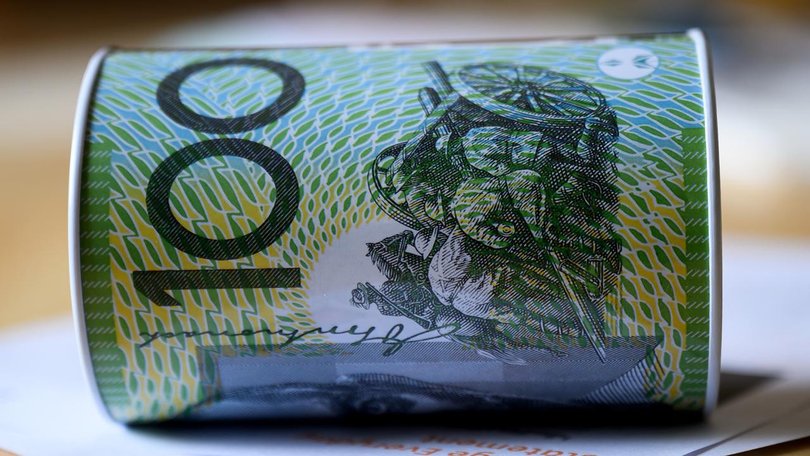Australian dollar nears lowest level since COVID pandemic

The local currency is nearing its lowest level since the early days of the COVID-19 pandemic in what could be bad news for travellers and motorists, but good news for exporters and tourist operators.
During the new year holiday, the Aussie slipped to less than 62 US cents for the first time since October 2022, when it traded at that level for three days.
That brief stretch aside, the Aussie has not been as low since late March and early April of 2020.
Sign up to The Nightly's newsletters.
Get the first look at the digital newspaper, curated daily stories and breaking headlines delivered to your inbox.
By continuing you agree to our Terms and Privacy Policy.By late Thursday, the dollar had rebounded somewhat, buying 62.15 US cents — still down almost 10 per cent from the start of October.
The slide has been more a matter of US dollar strength than Australian dollar weakness, with the greenback rising 7.6 per cent to a 26-month high against a basket of six other currencies during that time.
Donald Trump’s victory in the US presidential election and his promised policies of tax cuts, increased spending and tariffs have led to a more cautious outlook on US rate cuts for 2025, with fewer expected than previously predicted.
IG analyst Tony Sycamore said Trump was likely to implement tariffs on imports, which would dampen growth expectations outside the US and weigh on commodity prices.
The Australian and New Zealand dollars were particularly vulnerable to risks of Chinese tariffs, he said.
A dovish pivot by the Reserve Bank in December after the release of lacklustre third-quarter gross domestic product figures has also put pressure on the Australian dollar as interest rate differentials play a big role in determining currency values.
Mr Sycamore said the Aussie had priced in a lot of bad news in a short time and could rebound from here if it managed to hold above that 61.70 level from October 2022.
Falling through that support level would open the way for a slide to 60 US cents, he said.
A weaker Australian dollar would make holidays in the US more expensive and increase the price of imported goods including petrol and vehicles.
However, it would also make Australian exports more competitive and make the country a more attractive tourist destination.
None of the big banks have changed their predictions for rate cuts in 2025 despite the slide in the currency.
The Aussie has also been falling against the British pound.
It fell to less than 50 pence in December for the first time since early in the pandemic, buying 49.59 pence on Thursday evening.
